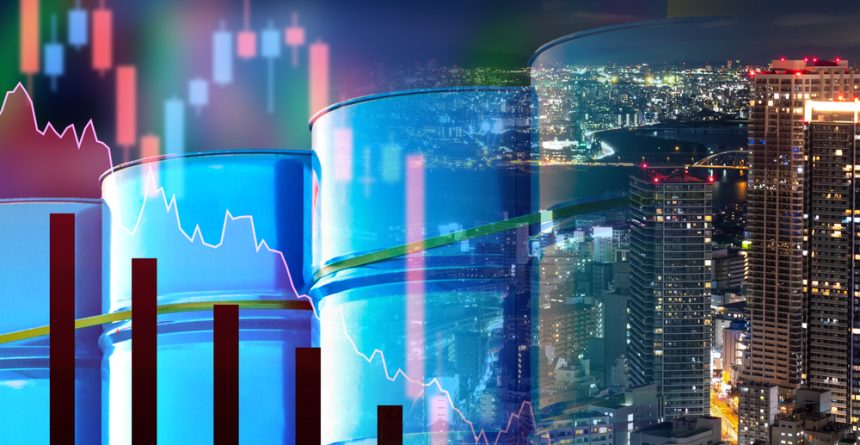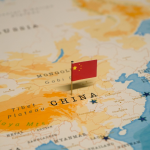Return to global stage?
Planned talks between U.S. President Donald Trump and Russian President Vladimir Putin could mark the first step in Russia’s return to international commodity markets. Before the 2022 invasion of Ukraine, Moscow was a dominant supplier of oil, gas, coal, metals, wheat and fertilizers, as well as Europe’s largest energy provider. Sanctions since 2022 have severely disrupted those flows, forcing Russia to redirect exports and shrink output.
Gas under pressure
Natural gas has been most affected. Russia, the world’s second-largest producer, saw its pipeline exports collapse by nearly half between 2021 and 2024 as Europe cut reliance on Moscow. Exports fell to 108.2 bcm in 2024, down from 201.3 bcm in 2021, according to the Energy Institute. While liquefied natural gas exports rose 12% over the same period to a record 44.3 bcm, pipeline losses left Russia with surplus inventories and pressured domestic producers.
Oil diversions to Asia
Crude oil exports also shifted sharply. Russia pumped 10.75 million barrels per day in 2024, 4% below 2022 levels. Exports dropped 8% to just over 7 million bpd, with Europe cutting purchases by 30%. India quickly emerged as the top buyer, doubling imports to 651 million barrels in 2024, while China boosted purchases by 17% to 460 million barrels. The reorientation highlights how Asian markets have offset Western sanctions.
Coal, metals and agriculture
Coal exports fell nearly 10% from 2022 to 2024, pressured by stiff competition from Indonesia and weaker demand in China and India. Meanwhile, Russia remains a leading producer of aluminium, nickel, cobalt and palladium—metals vital for industry and technology. It is also a key exporter of wheat, barley and fertilizers. Any thaw in relations could quickly ripple across global markets, while renewed tensions would prolong tight supply conditions.






